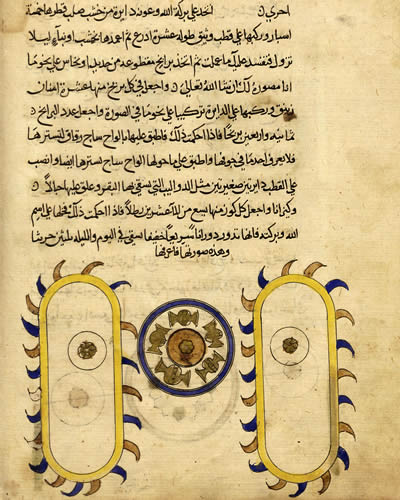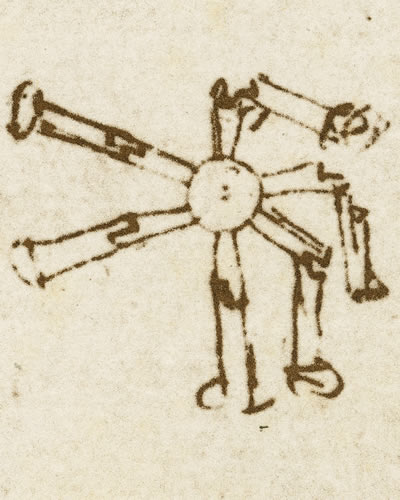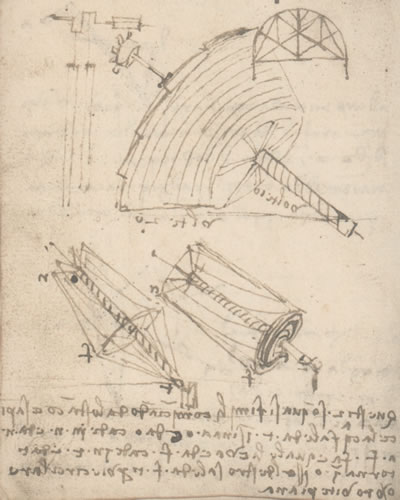Leonardo da Vinci
and Perpetual Motion
Museo Galileo, 10 October 2019 – 12 January 2020
Ever since the Middle Ages, the goal of reproducing the perpetual motion of the heavenly spheres by means of mechanical systems stimulated the imagination of technicians, engineers, and natural philosophers. The challenge they faced was to build machines that, once set in motion, would function forever. A crucial chapter in this multisecular history was the series of studies in which Leonardo da Vinci tried to determine whether it was indeed possible to build perpetual motion machines. After a diligent search for practical solutions, he eventually concluded that perpetual-motion does not exist in nature. Leonardo thus anticipated by more than three centuries the definitive demonstration of that proposition by James Clerk Maxwell, a key figure in the establishment of thermodynamics in the second half of the 19th century.
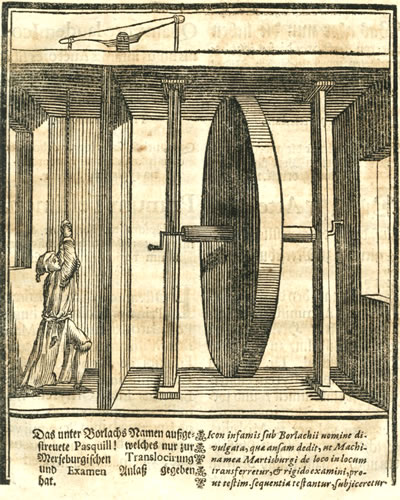
Leonardo da Vinci and perpetual motion
Ever since the Middle Ages, the goal of reproducing the perpetual motion of the heavenly spheres by means of mechanical systems stimulated the imagination of technicians, engineers, and natural philosophers. The challenge they faced was to build machines that, once set in motion, would function forever. A crucial chapter in this multisecular history was the series of studies in which Leonardo da Vinci tried to determine whether it was indeed possible to build perpetual motion machines. After a diligent search for practical solutions, he eventually concluded that perpetual-motion does not exist in nature. Leonardo thus anticipated by more than three centuries the definitive demonstration of that proposition by James Clerk Maxwell, a key figure in the establishment of thermodynamics in the second half of the 19th century.
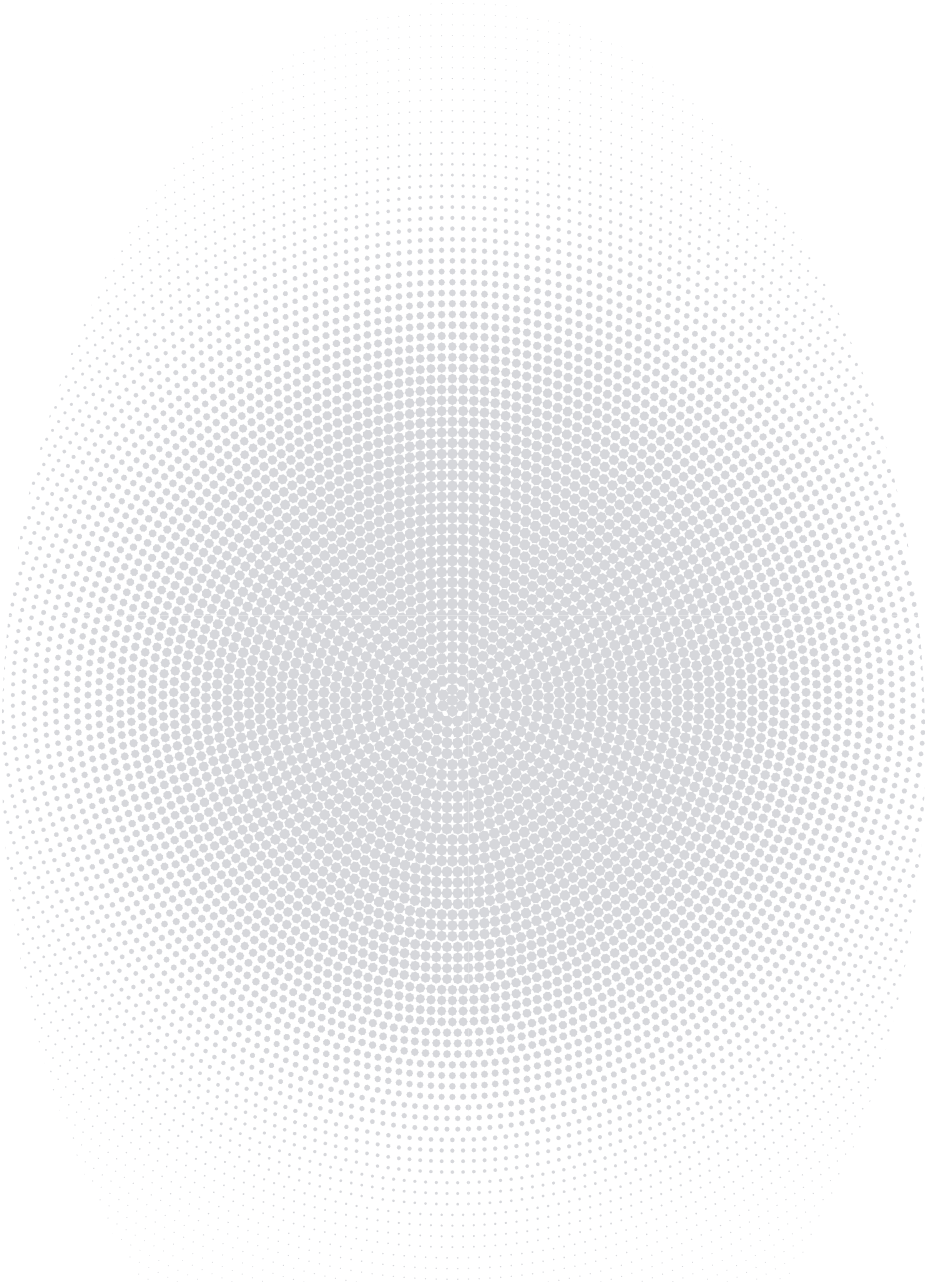

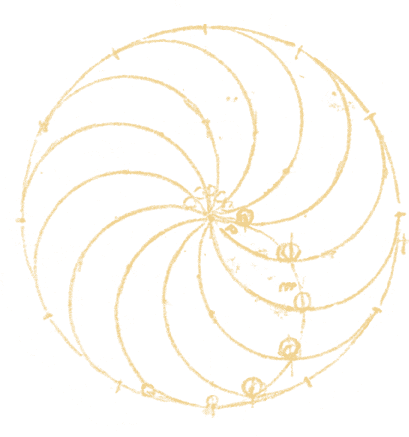

Museo Galileo
10 October 2019
12 January 2020
Ever since the Middle Ages, the goal of reproducing the perpetual motion of the heavenly spheres by means of mechanical systems stimulated the imagination of technicians, engineers, and natural philosophers. The challenge they faced was to build machines that, once set in motion, would function forever. A crucial chapter in this multisecular history was the series of studies in which Leonardo da Vinci tried to determine whether it was indeed possible to build perpetual motion machines. After a diligent search for practical solutions, he eventually concluded that perpetual-motion does not exist in nature. Leonardo thus anticipated by more than three centuries the definitive demonstration of that proposition by James Clerk Maxwell, a key figure in the establishment of thermodynamics in the second half of the 19th century.
